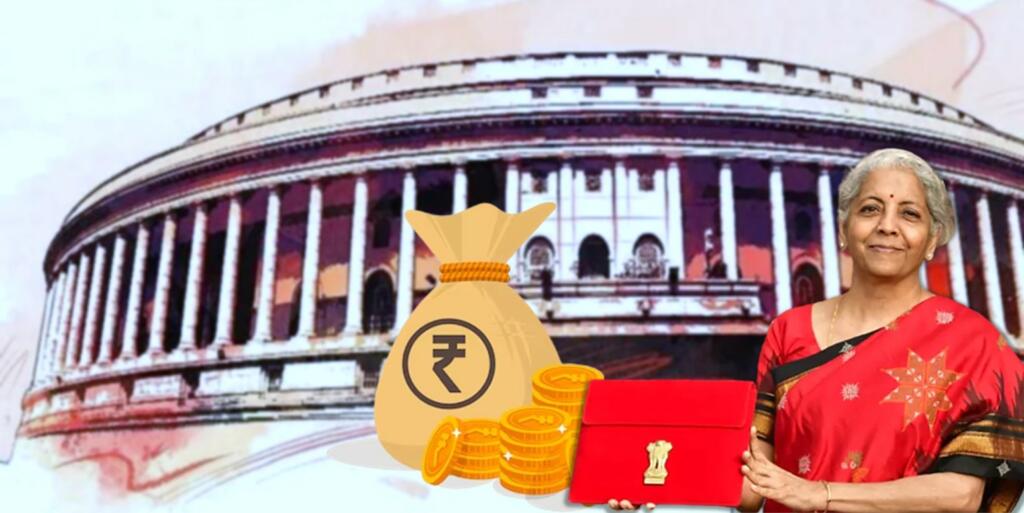It is irrational (contrary to established rational expectation of academicians) behaviour which makes balancing Fiscal, Populism and the Public Interest tough for governments. The conflict was present in Budget 2023 too. Nirmala Sitharaman had to walk on tight rope to balance them out.
Budget 2023: Fiscal deficit in control
Possibly the best long-term oriented good news from the budget is that the Modi government is serious about the investment climate. To maintain warmth, fiscal prudence was the ultimate target in the budget, produced barely a year before the general election. The new target for FY24 is keeping it at 5.9 per cent of GDP. The fact that in FY23, it was 6.4 per cent, the pre-set estimate bolsters government’s confidence.
Reduction of 50 basis points (6.4-5.9) is a big and ambitious target. One way of achieving it is increasing the denominator, which is GDP significantly. To enable this, a high nominal GDP combined with low inflation is necessary. An understanding of economic survey tells us that inflation has reached its upward circuit and it is only downward from here. There are other indicators as well, some of which are there in the budget provisions.
Also read: Budget 2023: Income Tax breakthrough for India’s middle class
Inflationary pressure not as stiff
For one, India is expected to continuously avail cheaper than market oil in FY24 as well. In the budget, the government has made heavy investment to lay off asset creation pressure from the poor and middle class. The allocation under the PM housing scheme (PMAY) has been increased to Rs 79,000 crore, an increase of 66 per cent over last year.
Out of it, Rs 54,487 crore has been allocated to the rural section of the scheme. It is a 172 per cent jump over the previous year figure of Rs 20,000 crore. To ensure clean water, Rs 70,000 crore has been allocated to Jal Jeevan Mission.
The savings effected by it is expected to give a boost to the rural economy. Certainly, there is a risk of demand side inflation, but it is more controllable.
Also read: The Budget 2023 Paradox: Examining Data Discrepancies
Capex boost
Regarding increasing the GDP, Smt. Sitharam seems to be relying more on capital investment. With the allocation of Rs 10 lakh crore capital expenditure has increased by an astounding 33 per cent. Every agent of the Indian Economy has got what is needed. To the states, the central government will keep providing a 50-year interest-free loan for 12 more months.
It is a poor legacy of Covid-19 pandemic as states were reluctant to borrow from the market. For FY21 and FY22, the combined allocation was a tad over Rs 26,000 crore. For FY23, the number jumped to Rs 1.05 lakh crore, which has been increased to Rs 1.3 lakh crore in this Budget 2023.
The main reason behind this massive spurt is that both centre and states have seen an increase in demand for capex. For the first 8-months of this year, Centre’s capex increased by 63 per cent. Similarly, towards the fag end of the year, expenditure of 18 major states increased by 5.7 per cent in Y-o-Y terms. How significant is it? For every Rs 100 spent on capital expenditure, the government earns Rs 250.
Also read: Unlocking Artificial Intelligence Potential: India’s 2023 Budget and the Future
Roads and Railways
Railways and Roadways play a crucial role in it. Keeping in mind National Logistic Policy and Gati Shakti, both sectors have seen unprecedented allocations. Railways bagged Rs 2.4 lakh crore, a figure 9-times than that of FY24.
Finance Secretary TV Somnathan said that the rate of constructing railway lines will increase by 33 per cent to 16 km per day. It translated into more Vande Bharat trains, faster implementation of Bullet trains, hydrogen powered trains and increase in revenue from commercial operations.
Roadways are not far behind. Highway sector will get a boost of Rs 2.70 lakh crore, an increase of Rs 70,000 crore. NHAI will get Rs 1.62 lakh-crore from it and will enable last mile connectivity of coal, fertiliser and foodgrain sector.
Not a populist move for sure
The infrastructure boost is touted as heavy lifting by the government to pool in private investment. Up until now, efforts in these directions have failed to produce the desired results. Reducing corporation tax from 30 to 22 per cent too could not bring the required change. Clearly, investors are not confident about the government’s long-term planning.
With so much populism hurting the bourse in the last few decades, there is always a risk of populist sentiments hurting the investment climate. Government did try to change it, but borrowing caused due to covid worsening fiscal deficit. Sure, everyone understands the problem, but in the wake of the global economic slowdown, companies prefer to remain dovish.
By reducing the allocation of MGNREGA, fertiliser subsidy, rationalising subsidy and spending on agriculture, the government is going to save Rs 1.76 lakh crore. It is in itself 0.6 per cent of GDP, while the government’s target is reducing fiscal deficit by 0.5 per cent. This is a clear indication by the government that it is in for a long haul and not some populist goals, detrimental for the country in the long-run.
Support TFI:
Support us to strengthen the ‘Right’ ideology of cultural nationalism by purchasing the best quality garments from TFI-STORE.COM
